May 12, 2025

Product packaging is now a key part of the customer experience. Think of a Chinese takeout box that turns into a plate or a cereal box with fun games on the back. These small details make a product more exciting.
Now, brands use QR codes, augmented reality (AR) features, and smart labels that let customers scan, play, and explore.
It’s a fun way to stand out and build loyalty. On the flip side, adding these interactive features takes extra planning, design, and cost. Thus, knowing if this packaging trend is the right fit for your brand and audience is essential.
If you’ve been interested in interactive packaging, take this time to learn its benefits and factors to consider.
What is Interactive Packaging?
Interactive packaging is product packaging with digital or physical elements that engage consumers beyond the traditional unboxing experience. It transforms a simple container into a tool for customer interaction, brand storytelling, and added value.
It comes in different types:
- QR codes and NFC tags let customers scan to watch videos, visit websites, or get special offers for more product details.
- Augmented reality (AR) offers unique experiences like seeing products in 3D, unlocking extra content, or playing interactive games.
- Smart labels and sensors provide real-time updates, like freshness stickers that change color when food goes bad.
- Gamification and fun designs include digitally printed puzzles, hidden surprises, or packaging that turns into something useful.
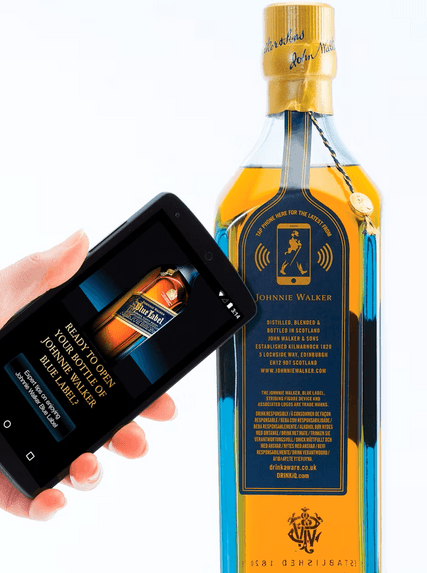
Image via Packaging World
Is Interactive Packaging Right for Your Business?
Interactive packaging can help you stand out and engage customers. But before investing, it’s essential to check if it suits your brand. Ask yourself the following key questions first.
1. Do you want to enhance customer engagement and storytelling?
Some customers want more than just functional products—they want to connect with you on a deeper level. Storytelling lets you share your values, mission, and the “why” behind your products. Fortunately, interactive packaging can help you achieve such a goal.
For instance, Hellman's added SmartLabel QR codes to its packaging so customers can scan and learn more about ingredients, allergens, and the brand itself.
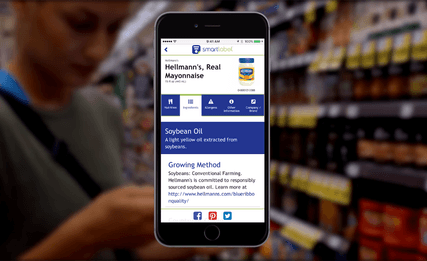
Image via Snack Food & Wholesale Bakery
2. Does your target audience use digital technology?
You can benefit significantly from interactive packaging with QR codes, AR apps, or smart labels if you cater to young and digital-first consumers. They tend to respond well to unique products, while those who prefer traditional shopping may not find much value.
Take L’Oréal Paris, for example. It partnered with Walmart and Snapchat to add QR codes to its Féria hair dye boxes. Shoppers could scan the code, try on different hair colors using AR, and get real-time feedback from friends.
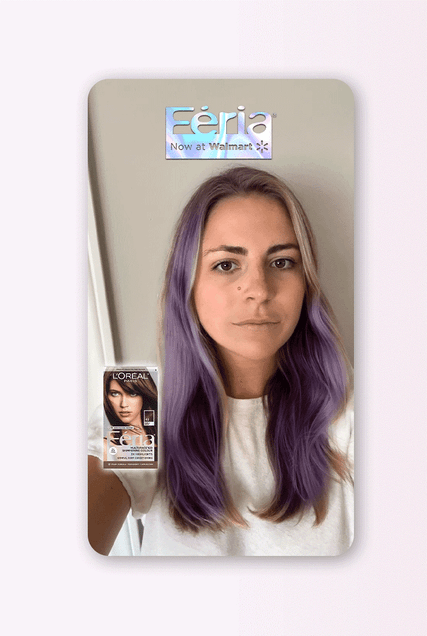
Image via Retail TouchPoints
3. Does your product require additional education or instructions?
Interactive packaging is ideal for products that require guides, tutorials, or extra details, such as electronics, skincare, DIY kits, and health supplements.
Suppose you’re a skincare brand and just released a new serum. A QR code leading to a webpage with step-by-step instructions can help them get the most out of their purchase and see the best results.
4. Is the return on investment (ROI) worth the added cost?
Developing interactive packaging comes with design, digital printing, and technology costs but can increase customer engagement and brand recognition. It works best if you aim for long-term branding benefits and customer loyalty rather than short-term savings.
5. Are you looking to improve sustainability efforts?
Adding QR codes in your packaging lets customers easily access step-by-step guides, tutorials, or product details without needing a bulky manual. Smart labels can also track food freshness, helping reduce packaging while keeping customers informed.
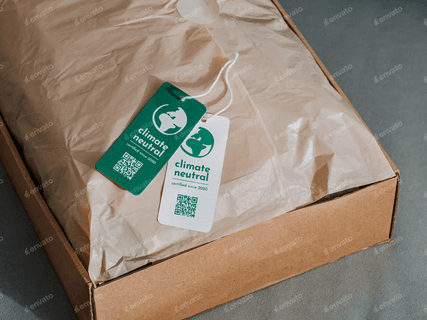
Image via Envato.com
With 46% of consumers saying eco-friendly packaging is integral to sustainable consumption, using technology to replace extra paper and packaging cuts costs and strengthens your brand’s commitment to sustainability.
6. Does your industry have strict regulations or traceability requirements?
Interactive packaging can provide real-time tracking, authentication, and compliance details for industries like pharmaceuticals and food.
For example, NXP Semiconductors helps pharmaceutical companies use NFC tags to prevent fake medicines and make tracking easier. The technology lets customers tap their phones on the packaging to check if a product is authentic, get step-by-step instructions, and even set refill reminders.
Key Elements of Interactive Packaging Design
Interactive packaging can be fun and unique—but only if it’s easy to use. That said, ensure you have the following elements to do it right.
1. Seamless integration of technology and visuals
QR codes, AR markers, or NFC tags should feel part of the design—not an afterthought. The technology must blend naturally with the packaging’s layout while standing out enough to prompt action. For example, custom printing a QR code near product descriptions or visuals can guide customers to scan without breaking the overall design.
Another example is K-pop group aespa’s debut album, where fans can scan the packaging using a unique app to step into a fictional virtual world.

Image via IF Design
2. Material selection for durability and functionality
Interactive packaging needs to withstand handling and environmental factors without compromising design. So, choose materials that support interactive features, such as print-friendly surfaces for QR codes or weather-resistant layers for outdoor products.
For sensitive items, tamper-proof materials can protect the product while adding a layer of trust for consumers.
3. User-friendly and accessible design
Your customers should be able to scan or tap Interactive elements easily. So, avoid placing QR codes or NFC tags in hard-to-reach spots or using materials that cause scanning issues. Including step-by-step instructions or small icons can make the packaging more inclusive, especially for customers unfamiliar with digital technology.
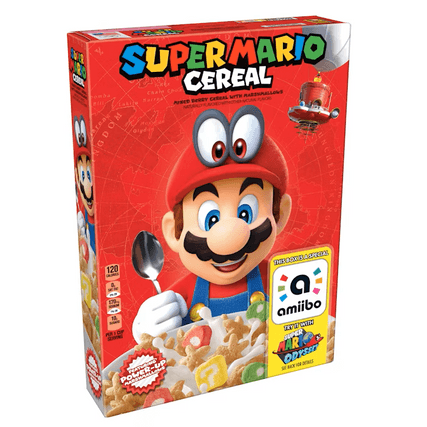
Image via Packaging World
4. Clear communication of brand values
Interactive packaging is an opportunity to reinforce brand identity and values. Whether you’re a sustainability-focused brand using eco-friendly materials or a high-tech company incorporating AR experiences, the design should align with and support the brand’s messaging.
For instance, you run a makeup brand that uses refillable packaging. You can put a QR code at the back of your product linking to your cruelty-free and sustainable practices to reinforce your commitment to ethical beauty.
5. Balance between information and aesthetics
Too much information can clutter the packaging, while too little may confuse customers. The key is to prioritize what’s essential in the interactive packaging design and move additional details to digital channels through scannable features. This balance keeps the design clean and functional while still providing valuable content.

Image via Adweek
Engage and Impress With Your Packaging
Interactive packaging is a powerful tool for engaging customers, telling your brand story, and standing out in a crowded market. Embracing it can create memorable experiences that drive loyalty and sales.
Take note of the tips above to decide with ease. Before investing, consider your audience, product type, and branding goals to ensure it’s the right fit.
Ready to explore high-quality packaging that enhances customer engagement? Intermedia Print Solutions can help. We offer various custom printing products, from labels and packaging to creative bag designs, UV printing and signage installations. We ensure your packaging looks exceptional while aligning with your brand’s objectives.
Place an order or request an estimate today to enjoy the benefits of custom packaging.


